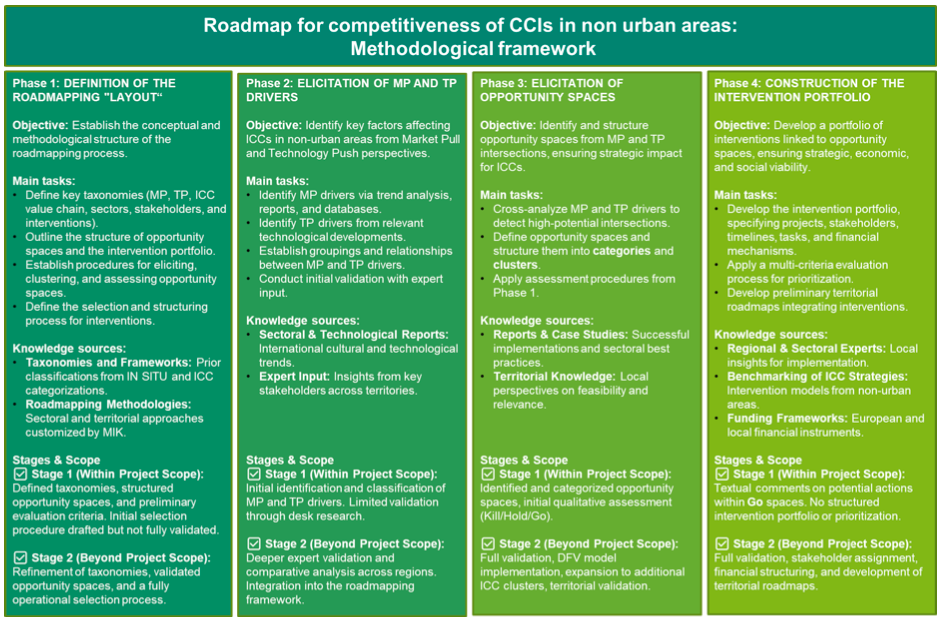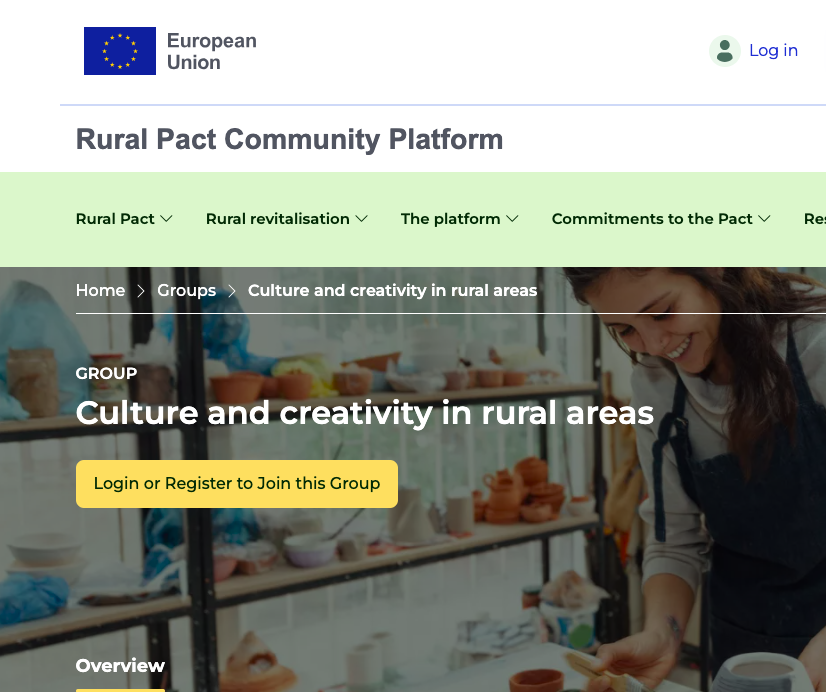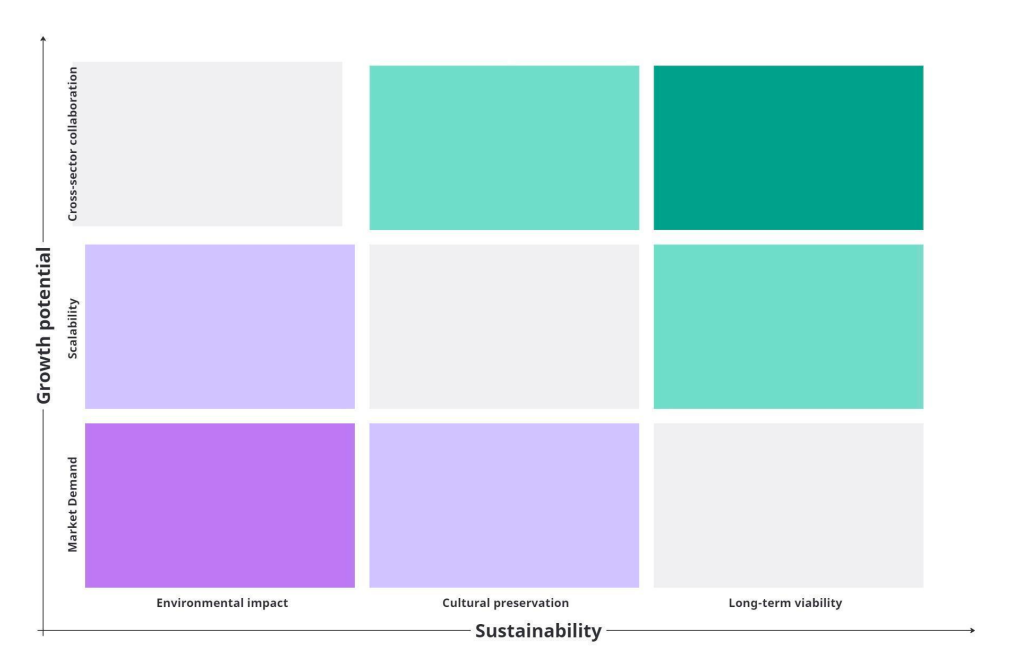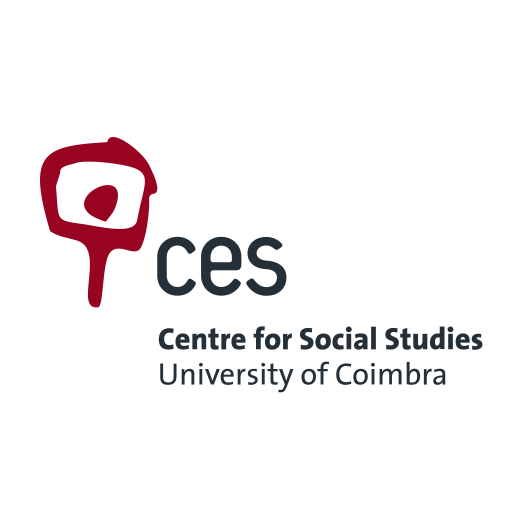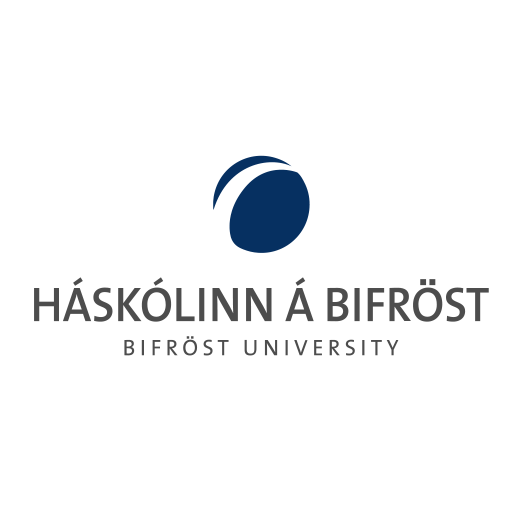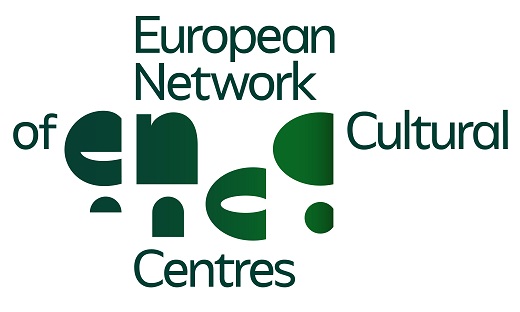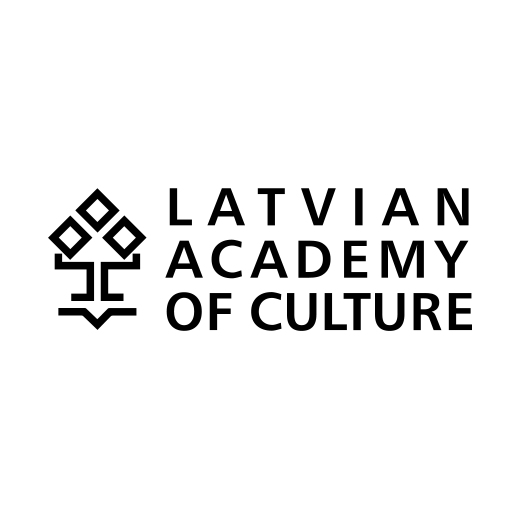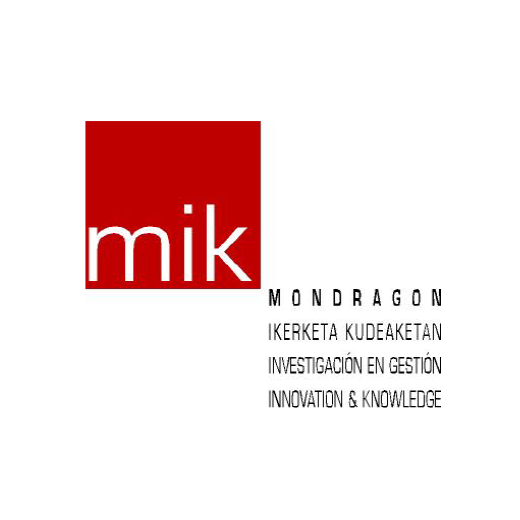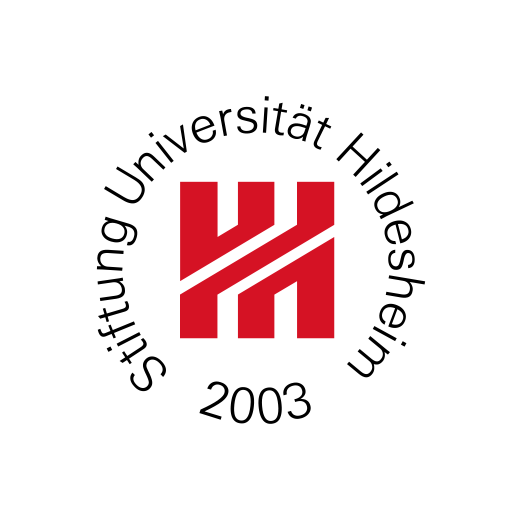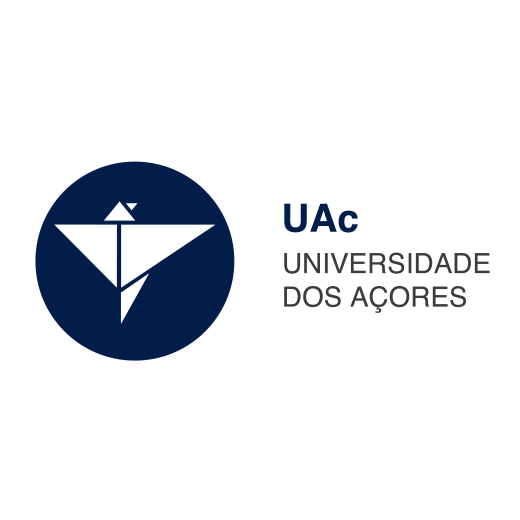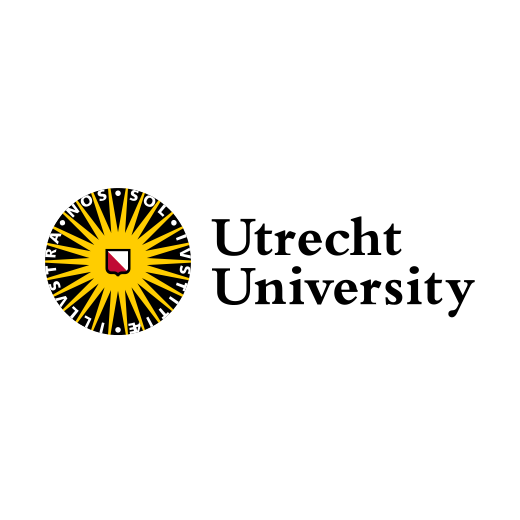Most technological innovations are produced in an urban setting, but rural or non-urban areas are very often fertile ground for other types of innovation, such as organizational, social or institutional ones. The report, State of Policies and S3s on Innovation and CCIs in Non-urban Areas, produced within the IN SITU project, examined the extent to which cultural and creative work has been supported through the main policies in the EU innovation framework for non-urban areas: the Common Agricultural Policy (CAP), Cohesion Policies, and Smart Specialization Strategies (S3).
This report was developed by the IN SITU research team of the National Research Institute for Agriculture, Food and Environment (INRAE).
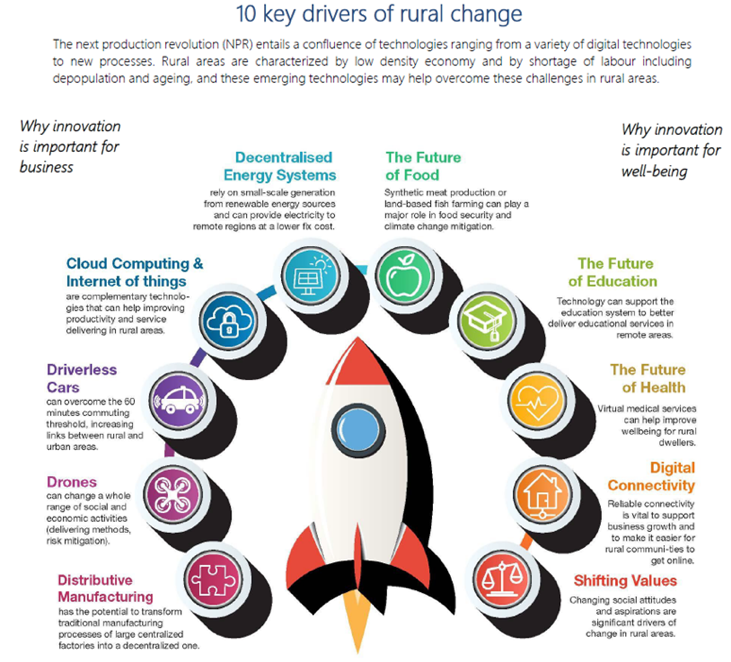
This research assesses the results for LEADER projects and S3 projects, and the support for cultural and heritage activities within these programmes. The analysis of S3 and LEADER projects confirmed the emphasis placed on themes such as social innovation, local knowledge and the networking of local and external players. Both programmes aim to support and strengthen local communities. Although CCIs are insufficiently supported, they nevertheless receive attention (and are an explicit category of activities in S3). However, public policies more readily support technological innovations, or agricultural activities that can be linked either to tourism or to the enhancement of heritage.
(Image Source: OECD, 2024)
The key results of the research are:
1. Innovation in non-urban areas is above all social, cultural, institutional, and the innovations that appear in these territories come largely from actions undertaken by local actors or groups.
2. The analysis of EU innovation policies for non-urban areas show that, when these policies consider innovation, it is mostly about technological innovation.
3. However, many actions go beyond technological innovation or agriculture alone, and are clearly aimed at the development of innovation activities in rural areas.
4. The review of projects confirms that social and cultural innovation are more important than technological innovation in non-urban areas.
5. Taking all dimensions of innovation into account remains a challenge.
6. Supporting CCIs remains a source of progress for public policy towards non-urban areas.
Research on innovation in non-urban areas shows that it is above all social, cultural, institutional, and that the innovations that appear in these territories come largely from actions undertaken by local actors or groups. The innovation policies come together around the topic of community action.
However, the results of this research on EU innovation policies for non-urban areas show that, when these policies consider innovation, it is above all about technological innovation, most of the time. The innovation policies also tend to support agricultural activities that may be linked either to tourism or to the enhancement of architectural heritage.
Nonetheless, many actions go beyond technological innovation or agriculture alone, and are clearly aimed at the development of innovative activities in rural areas. This is particularly the case for the LEADER programme, which supports projects that are based on the choices and actions of local populations, with most of the innovations funded being social or institutional in nature. Digital education and support for inclusion projects reflect a concern for territorial and community cohesion.
The share of CCI-related projects among the LEADER projects is relatively high. The S3 strategies, which are focused on regions and place-based policies, support for the development of innovative activities in rural areas is also evident, but technological innovation remains dominant in these strategies.
In this context, the research also found that public innovation policies come up against three main issues:
1. The continued consideration of a broad definition of “innovation” which, in rural areas, is more oriented towards social and organizational innovation;
2. The need to identify the appropriate level of decision-making (national, regional or local) and to combine different but complementary decision-making levels – cooperation between regions, mobilising their various capacities, can help strengthening inter-regional and cross-border projects;
3. The support for interdependencies between traditional industries or sectors of activity such as agriculture, tourism or education and CCIs. This combination of activities offers a wealth of complementary knowledge, strengthens the innovation potential and encourages the development of CCIs as innovation levers in rural territories.
Collective action and social innovation are key elements in regional strategies to emphasize diversity and variety in rural areas. While communities identify local needs and integrate their knowledge and strengths, cooperation between local and external players at regional or sub-regional level is also key. Strengthening cooperation between regions could be crucial to improving a territory’s “absorption capacity.”
Furthermore, the development of CCIs proves to be an essential asset for social innovation and territorial cohesion. Supporting CCIs remains a source of progress for public policy towards non-urban areas. A better integration of creative and cultural activities in innovation support would help improve public policies to consolidate development processes in these sensitive places.
For further information:
Nancy Duxbury – IN SITU Project Coordinator
Centre for Social Studies (CES) at the University of Coimbra, Portugal
Email: in-situ@ces.uc.pt
Tel: +351 239 855 570
Web: https://insituculture.eu
The “IN SITU: Place-based innovation of cultural and creative industries in non-urban areas” project combines research and experimental actions to advance the innovation-related practices, capacities, and potential of cultural and creative industries (CCIs) based in non-urban areas of the EU. The project is funded by the European Commission under the Horizon Europe Program (project no.101061747). It began on July 1, 2022, and will run for four years. The IN SITU project consortium comprises 13 Full Partners from 12 countries, consisting of 11 research institutions, a European-wide cultural network, and a national cultural foundation.

